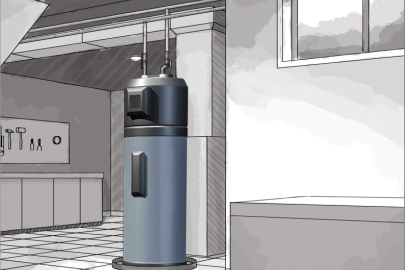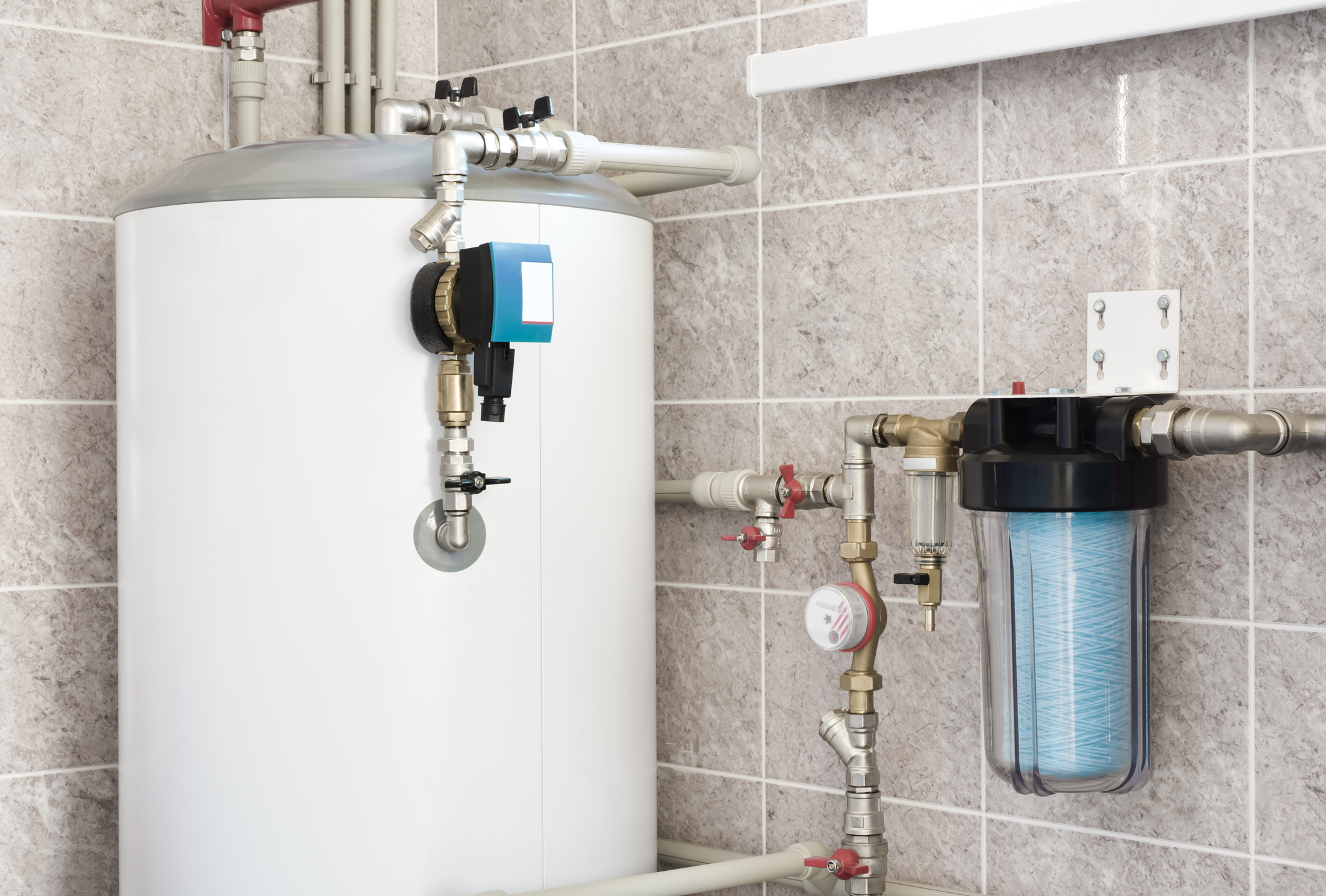Just about every person may have their unique perception on the subject of What Kind of Maintenance Do Water Heaters Need?.

Hot water is crucial for everyday convenience, whether it's for a refreshing shower or washing recipes. To ensure your hot water system runs efficiently and lasts longer, normal upkeep is essential. This post gives practical tips and insights on exactly how to keep your home's warm water system to avoid disruptions and pricey repair work.
Introduction
Maintaining your home's warm water system could appear overwhelming, yet with a couple of easy steps, you can guarantee it operates smoothly for several years to find. This guide covers every little thing from understanding your hot water system to DIY upkeep tips and understanding when to call professional assistance.
Importance of Preserving Your Warm Water System
Regular maintenance not just expands the lifespan of your hot water system however additionally guarantees it operates efficiently. Neglecting maintenance can result in reduced performance, greater energy bills, and even premature failing of the system.
Indicators Your Warm Water System Demands Upkeep
Understanding when your warm water system requires attention can avoid major concerns. Look out for signs such as inconsistent water temperature, unusual sounds from the heater, or rusty water.
Flushing the Water Heater
Flushing your water heater removes sediment buildup, enhancing performance and lengthening its life.
Monitoring and Changing Anode Rods
Anode poles stop corrosion inside the tank. Checking and replacing them when worn out is crucial.
Facility Issues Calling For Specialist Aid
Instances consist of significant leaks, electric issues, or if your hot water heater is constantly underperforming.
Regular Expert Maintenance Advantages
Specialist upkeep can consist of complete assessments, tune-ups, and making certain conformity with safety criteria.
Checking and Adjusting Temperature Level Settings
Adjusting the temperature level settings makes certain optimum performance and safety.
DIY Tips for Upkeep
You can do a number of maintenance jobs on your own to keep your hot water system in leading problem.
Checking for Leaks
Regularly inspect pipelines and connections for leaks, as these can bring about water damage and greater costs.
Comprehending Your Warm Water System
Prior to diving into upkeep jobs, it's useful to recognize the fundamental elements of your hot water system. Normally, this includes the water heater itself, pipelines, anode rods, and temperature controls.
Month-to-month Maintenance Tasks
Normal regular monthly checks can help capture minor concerns prior to they escalate.
Evaluating Pressure Alleviation Valves
Testing the stress relief valve guarantees it operates correctly and stops excessive stress accumulation.
Shielding Pipelines
Insulating warm water pipelines minimizes heat loss and can conserve energy.
When to Call an Expert
While DIY upkeep is beneficial, some problems require expert knowledge.
Verdict
Regular upkeep of your home's warm water system is vital for performance, longevity, and expense financial savings. By complying with these pointers and knowing when to look for specialist assistance, you can make certain a dependable supply of warm water without unexpected interruptions.
Water Heater Maintenance Tips
Test the TPR Valve
Shut off the power and the cold-water supply valve. Place a bucket under the pipe connected to the temperature-pressure-release (TPR) valve on the top or side of the tank. (This valve opens if the tank pressure gets too high.) Lift the valve’s tab to let some water out, then let go. If water keeps flowing, drain the tank partway, unscrew the old valve with a pipe wrench, and install a new one. Check the Anode Rod
Put a hose to the tank’s drain cock and let out a few gallons of water. Now fit a 1 1/16-inch socket onto the rod’s hex head on top of the heater (or under its top plate) and unscrew the rod. If it’s less than ½ inch thick or coated with calcium, buy a new one, wrap its threads with Teflon tape, put it back in the tank, and tighten securely. Use this segmented rod if headroom above the tank is limited. Drain the Tank and Wash Out Sediment
Drain the remaining water in the tank into the bucket, then stir up the sediment on the tank’s bottom by briefly opening the cold-water supply valve. Drain and repeat until clean water comes out of the hose. Close the drain cock, refill the tank, and turn its power back on. Adjust the Temperature
Find the temperature dial on the side of the tank and unscrew its cover. Adjust the dial to 120 degrees using a flathead screwdriver. For every 10 degrees the temperature is lowered, you can expect to save up to 5 percent in energy costs. Turn the water heater off or the thermostat down to its lowest setting if you plan to be away from home for more than three days. Insulate the Pipes
Buy some self-sticking 3/8-inch-thick foam pipe insulation that matches the pipes’ diameter. Slide the foam over the hot-and cold-water pipes as far as you can reach. Insulating the cold-water pipe prevents condensation in summer. Peel the tape and squeeze the insulation closed. If the pipe is 6 inches or less from the flue, cover it with 1-inch-thick unfaced fiberglass pipe wrap. https://www.thisoldhouse.com/plumbing/21016402/how-to-maintain-a-water-heater

I was brought to that article about How to Maintain a Hot Water Heater in a Few Simple Steps from a good friend on a different web blog. Remember to pause to share this page if you enjoyed it. Thanks for going through it.
Click Here